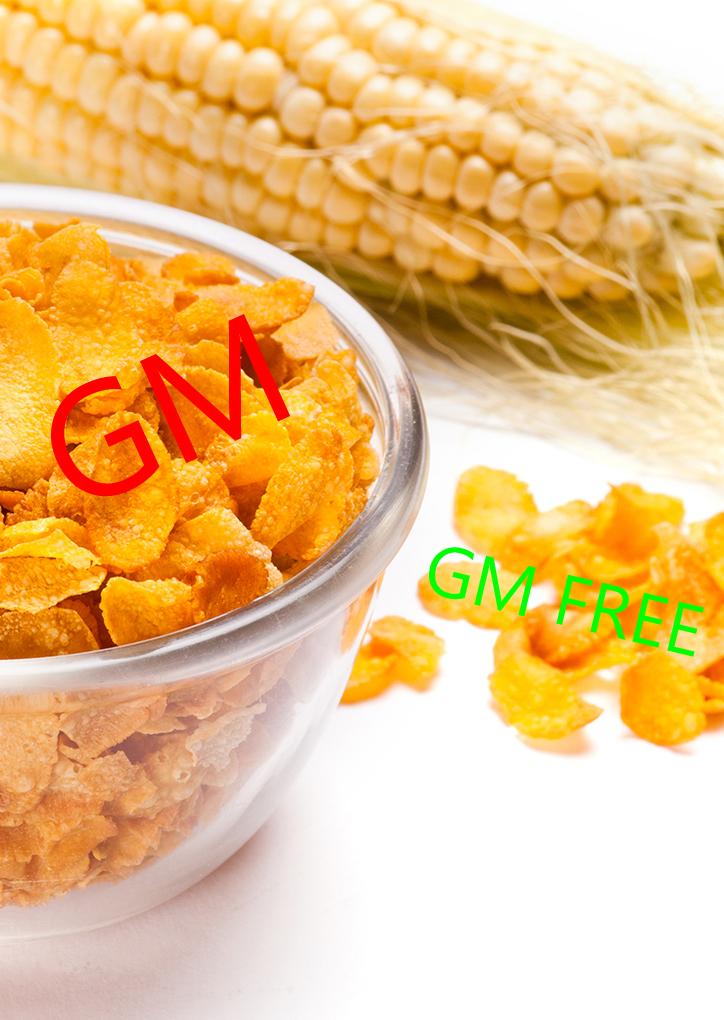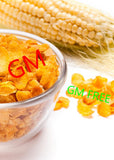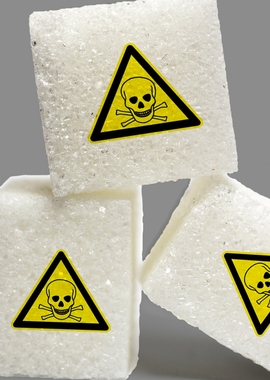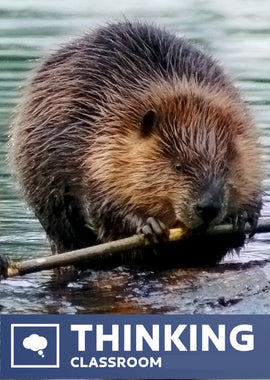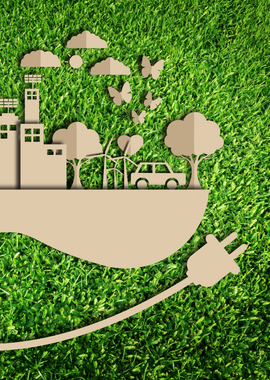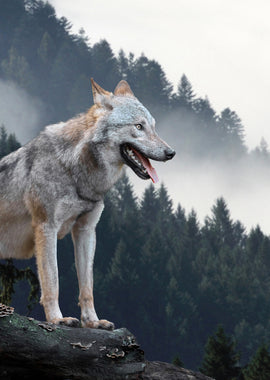GM decision
Following a EU rule change, the growing of GM crops across Europe will increase in many countries. It looks likely that GM foods such as breakfast cereals may be on our supermarket shelves within a year - but will many people choose them over GM-free alternatives?
In this activity students apply their knowledge about genes to learn why crops are genetically modified before evaluating health risks to decide which cereal they would buy.
Learning objective
- Inheritance: Suggest arguments for and against genetic modification
- Estimate risk: Weigh up the benefits and risks of an application of science to make a decision
Blueprint curriculum link
- Unit: Controlling reproduction
- Concept: Genetic engineering: Genes are taken from one species and introduced into the genome of another by a process called genetic engineering
- Skills: Decisions: Consider the consequences of technology for people and the environment
- Learning stage: Analyse
Activity contents
- Teachers guide
- PowerPoint file
The activity is delivered as a zip file. After you checkout, you will be sent an email with the link to download it.
Weblinks
EU changes rules on GM crop cultivation
The news story the activity is based on
Overview of crop genetic engineering
An interactive animation which outlines the process used to genetically modify a crop. Suitable for GCSE students and extending the more able at KS3.
Students were interested in the topic and engaged well with the lesson. They were initially confused by the jigsaw but once they worked it out they found it a valuable tool for comparing the two types of foods.
Students were interested in the topic and engaged well with the lesson. They were initially confused by the jigsaw but once they worked it out they found it a valuable tool for comparing the two types of foods.
Related activities
You may also like:
Sugar Crisis
You may also like:
Ditch microplastics: Thinking Classroom version
You may also like:
Beavers in London: Thinking Classroom version
You may also like:
Energy savers
You may also like:
Carbon footprint: Thinking Classroom version
You may also like:
Rewilding
Students were interested in the topic and engaged well with the lesson. They were initially confused by the jigsaw but once they worked it out they found it a valuable tool for comparing the two types of foods.
Students were interested in the topic and engaged well with the lesson. They were initially confused by the jigsaw but once they worked it out they found it a valuable tool for comparing the two types of foods.
